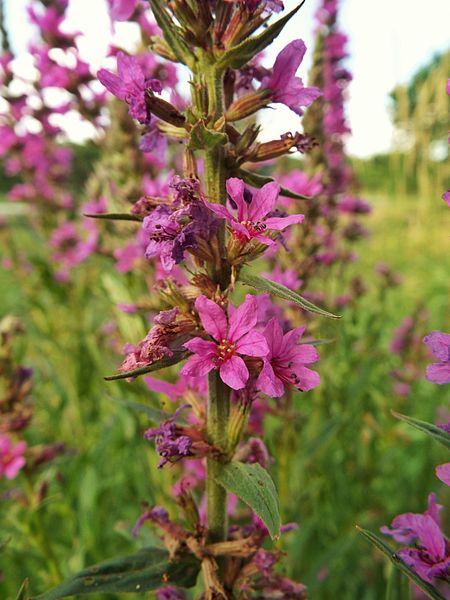The Summer of Weeds is a result of the curiosity and fascination I feel towards weeds. It is also inspired by Peter Del Tredici’s book, Wild Urban Plants of the Northeast, which encouraged me to take a closer look at the weeds that grow in my urban hometown of Boise, Idaho. Del Tredici’s book serves mainly as a field guide for identifying common weeds found in urban areas in the northeast region of the United States. Many of these weeds are found in cities across North America, so the guide is still useful regardless of where you live. Additionally, the book’s 25 page introduction is an excellent overview of how weeds fit in to the ecology of urban areas and an incentive to not only stop and get to know our urban flora but to respect it for its tenacity and durability and its important ecological role.
Excerpts from Wild Urban Plants of the Northeast by Peter Del Tredici:
From the Foreword by Steward T. A. Pickett –
If it is to fulfill its potential, the urban wild flora must be better understood and better used. In other words, its functions, not just its categories – native, exotic, invasive, naturalized – must be appreciated by professionals and citizens alike. Understanding should come before judgement when urban wild plants are concerned.
Defining urban wild plants –
The [plants] that fill the vacant spaces between our roads, our homes, and our businesses; take over neglected landscapes; and line the shores of streams, rivers, lakes, and oceans. Some of the plants are native to the region and were present before humans drastically altered the land; some were brought intentionally or unintentionally by people; and some arrived on their own, dispersed by wind, water, or wild animals. They grow and reproduce in the city without being planted or cared for. They are everywhere and yet they are invisible to most people. Given that cities are human creations and that the original vegetation that once grew there has long since disappeared, one could argue that spontaneous plants have become the de facto native vegetation of the city.
Why weeds are problematic in agricultural and horticultural settings, as well as in natural areas, is fairly intuitive. But why are they seen as a problem in urban areas, outside of our parks, yards, and gardens? –
When it comes to spontaneous urban plants, people’s complaints are usually aesthetic (the plants are perceived as ugly signs of blight and neglect) or security related (they shield illicit human activity or provide habitat for vermin). Indeed, the context in which a plant is growing not only determines the label that we put on it but also the positive or negative value that we assign to it.
Regarding urban ecology –
[Cities] have their own distinctive ecology, dominated by the needs of people and driven by socioeconomic rather than biological factors. People welcome other organisms into cities to the extent that they contribute to making the environment a more attractive, more livable, or more profitable place to be; and they vilify as weeds those organisms that flourish without their approval or assistance. Regardless of humans’ preferences, an enormous variety of nonhuman life has managed to crowd into cities to form a cosmopolitan collection of organisms that is every bit as diverse as the human population itself.
To illustrate the point that urban weeds are playing a role in the ecology of our cities, Del Tredici lists the ecological functions of each species featured in the field guide portion of the book. These functions include:
- temperature reduction
- food and/or habitat for wildlife
- erosion control on slopes and disturbed ground
- stream and river bank stabilization
- nutrient absorption (nitrogen, phosphorous, etc.) in wetlands
- soil building on degraded land
- tolerance of pollution or contaminated soil
- disturbance-adapted colonizer of bare ground
Carbon storage and oxygen production are functions of these plants as well, as they are of all plants; however, as Del Tredici points out, “because [spontaneous urban plants] grow on marginal sites and require no maintenance, [they] are probably providing a greater return in terms of carbon sequestration than many intentionally cultivated species.”
There is much more to say about this “brave new ecology” and the role that urban wild plants play in it. Future posts are in the works. For now, consider this sentiment from Del Tredici’s book: Urban wild plants “are well adapted to the world we have created and, as such, are neither good nor bad – they are us.”
What follows are a few photos of some of the urban wild plants I have encountered in Boise over the last few weeks. These, along with the plants featured in previous Summer of Weeds posts, are a mere fraction of the species that grow wild in my urban hometown. The diversity of weeds alone in urban areas is astounding and should be given more consideration, along with the broader diversity of organisms that exist within our cities.

Showy milkweed seedlings (Asclepias speciosa) next to horizontal juniper in a median on Parkcenter Boulevard














